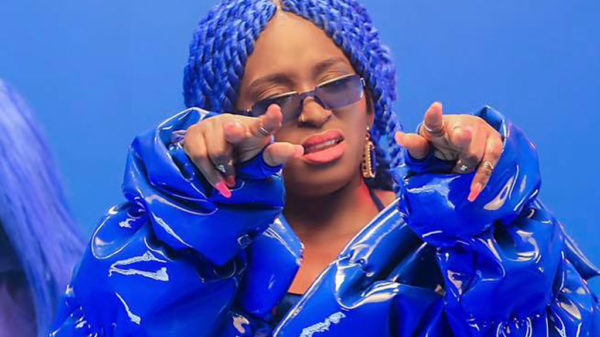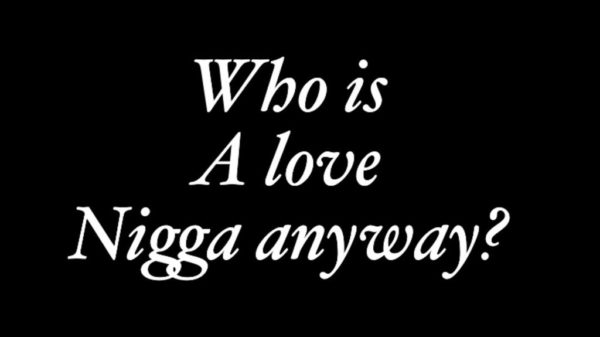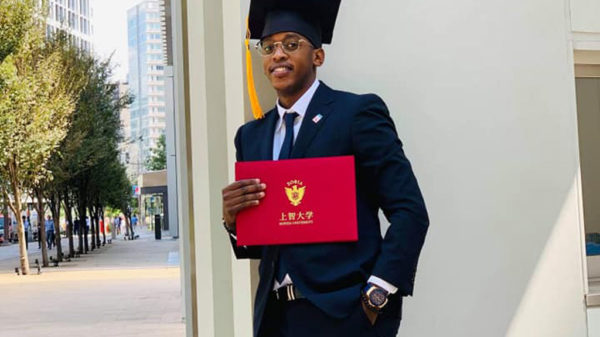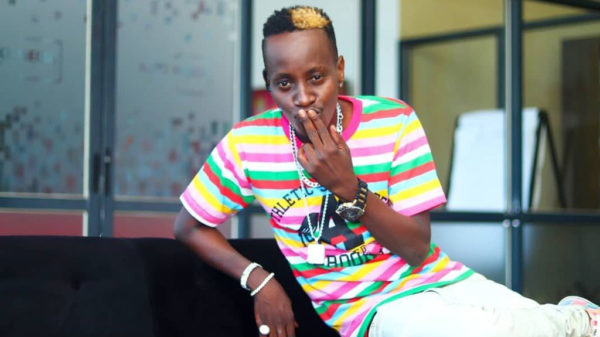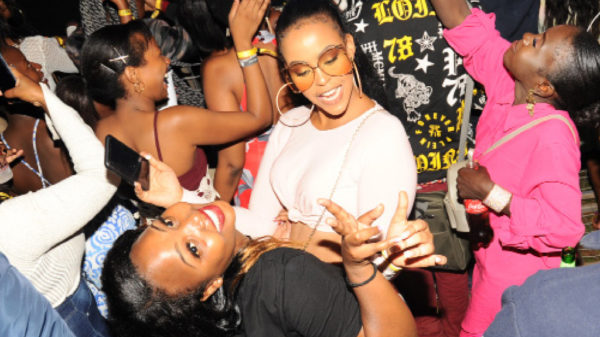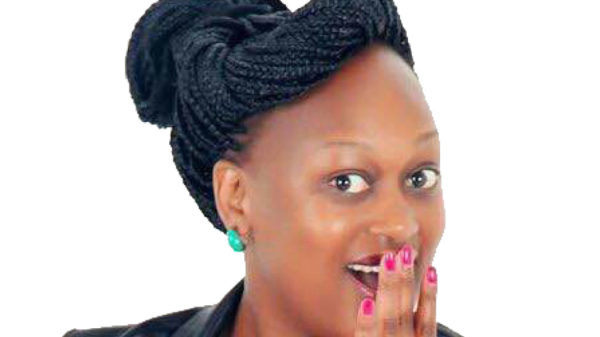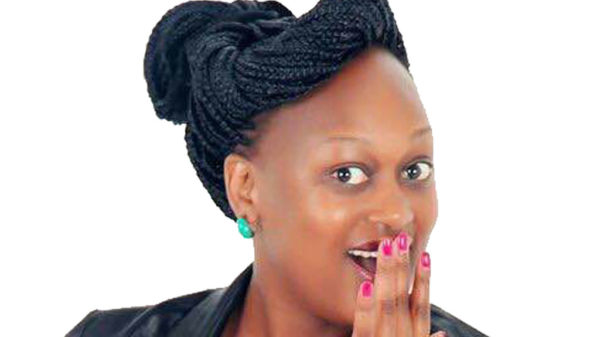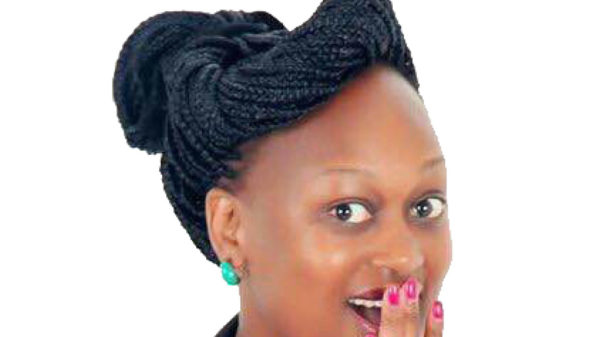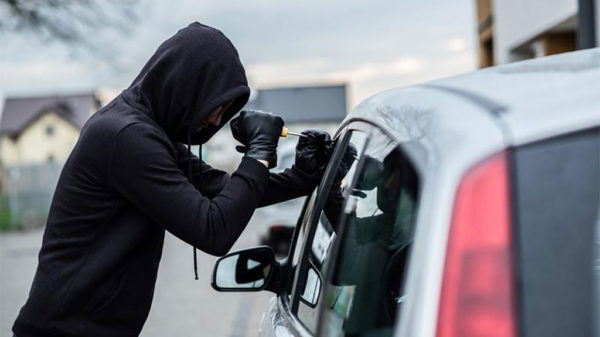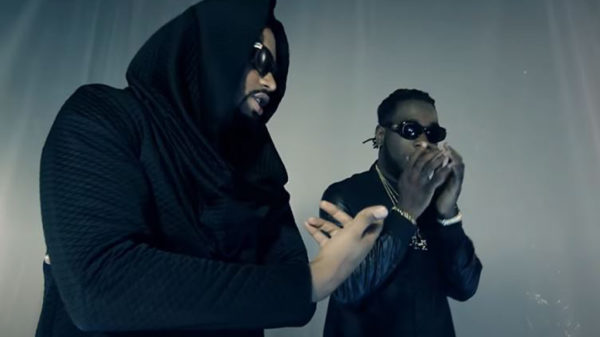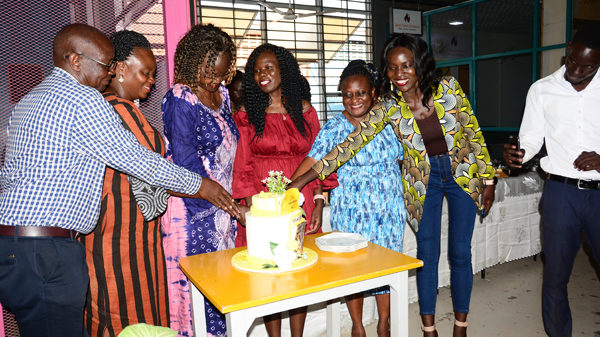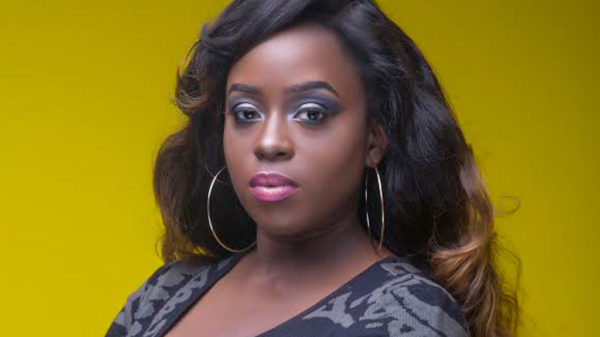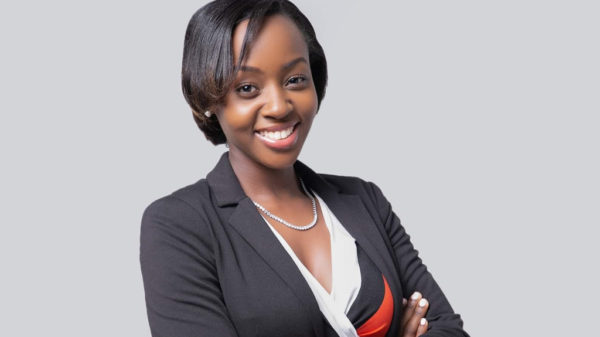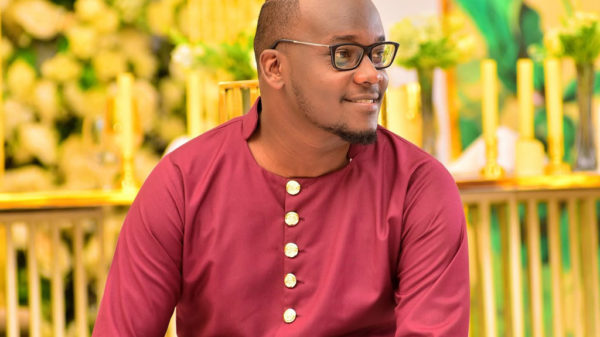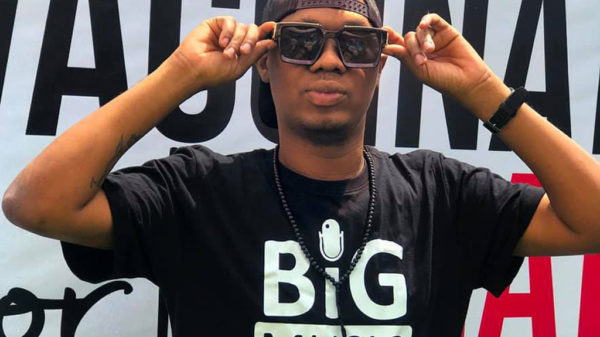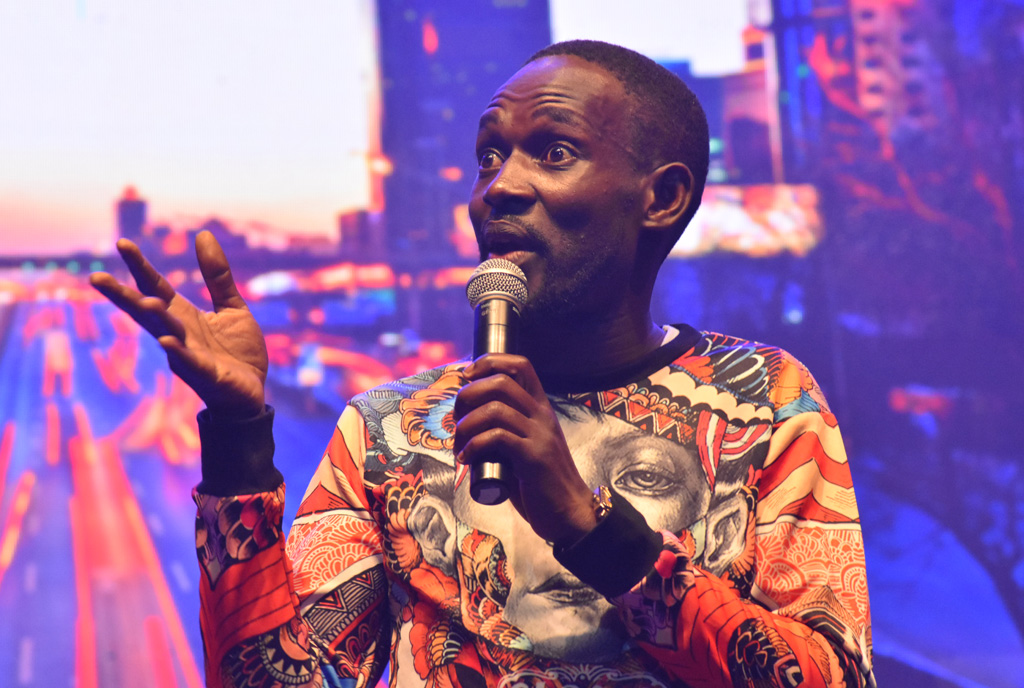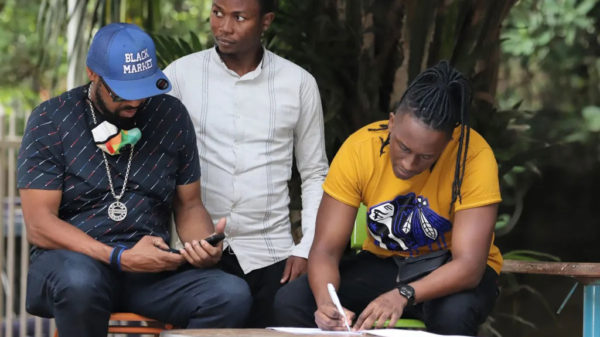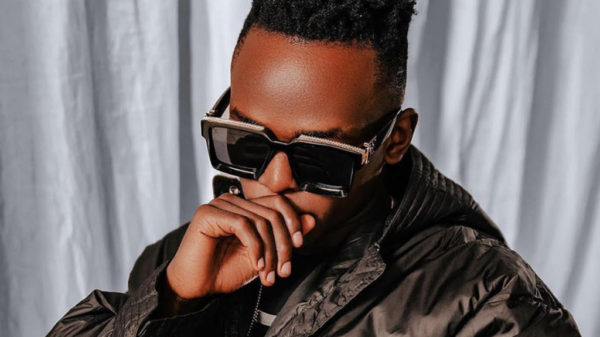Social networking site Facebook is one of the most popular websites and Ugandan Facebookers have a platform to vent their frustrations and what they dislike on a page called Twakowa, writes Raymond Mpumbani
Julius Gamisha’s Twakowa is probably one of the most popular Facebook pages started by a Ugandan. It describes itself, not too grammatically, as a page where we can “Expose those things that IRRITATE us and that we ARE FED UP of in this beloved country of ours called Uganda.” Twakowa is a Luganda word that loosely translates to “we are fed up,” and on Facebook it’s a prompt for users who subscribe to the page to have their say about what irks them. Most posts are in unbridled Luganda in keeping with the pages’ name, and anyone who dares to protest is quickly told off. I visited the page recently and came away with what I thought were its greatest hits.
1. Nkoye abantu abelaba mu mirror ya Cairo Bank. That’s not a dressing mirror (I’m fed up of people who check themselves out using the Cairo Bank wall pane. It’s not a dressing mirror).
2. Nakowa peeps that come to Facebook with studio pics in that ka Kampala village pose of crossing the legs and the arms on the laps with those bu Chinese river/stream backgrounds. Ain’t U photogenic enough? Why do U have to prepare for a photograph … we want to see you in your natural self.
3. Twakowa all those that romance in taxis.
4. The way Sylvia Owori puts bu models in her glossy magazine and then adds “Top:85,000Ushs” when the top is 6k in the basement of Mutaasa Kafeero. Twakowa ababbi.
5. Twakowa NRM, MTN, NSSF, KIGGUNDU, MBABAZI, SEKIKUBO, KUTEESA, BODA BODA MU KAMPALA ne SEBAGGALA.
6. Sikaakyi naye enyimba ze ki protestant zikoya…..oba ku nyimbe oba mbaga oba Christmas….the same songs…..nebikusobela! (Why are Protestant hymns so boring and unvarying; the same songs are sung at funerals, weddings and in Christmas services. I’m fed up.)
7. Twakowa ebinigeria esp the scenes nga they are opening the gate for the car to come in. Ako ka part bwebakasalako movie tebelawo? (We are tired of Nigerian movies, especially the scene where the guards are opening the gate for cars to enter. Can’t the movie proceed if that part is cut out?)
8. Chicks with big feet. We even fail to buy you fitting shoes because we know females have small feet.
9. Old NRM politicians who have no retirement in their vocabulary! Maria Mutagamba,Sam Kutesa, Namirembe Bitamazire, Amama Mbabazi, Sevo etc. I’m so tired!
10. Radio presenters who pretend they can’t speak Luganda!!! Someone calls speaking Luganda and the fool answers in English….. Touch FM presenters style up. You should know better what the white man thinks of us.
11. Muslim names like Maimuna, Asirafu and Afuwa etc.
12. Twakowa the new 1k notes which get old quickly!!!
13. The word “Wolokoso” nakyo nkikoye. (I’m fed up of the word wolokoso.)
14. Nakowa people who are always telling me that I’m small. Munveko, (leave me alone) you think I want to have city tyres, drooling bums, legs like pestles, fresh diary and no neck. No thanks so keep the crap to yourself. Nakowa…
15. Twakowa all that stuff I hear mbu Hidden Passion, La Tormenta…. What the hell?
16. The guy seated behind me on a taxi is koyaring me with Ronald Mayinja’s ziki…kale ankoyeza nyo nyo (The guy behind me is tiring me with Ronald Mayinja’s music). A follow-up comment told her to buy her own car.
17. Twakowa writing nonsense. Can’t you guys write sense like twakowa bad roads instead of twakowa neighbours having sex in the morning, chicks who are ugly! If you are tired of ugly chicks on earth go to a planet of only beautiful gals…
18. Nkoye those bu girls who carry big handbags yet there is only a hankie n’ Shs700. Even abayaye (thieves) no longer snatch your ga-bags because they know.
19. Some dudes and babes be having like 1000+ buddies on Facebook, you might even think they are celebs and stuff but how come I don’t know them. I suppose they be sending friend requests to everyone and accepting each all day.
20. Twakowa Kahinda Otafiire. Mbu I have the capacity to start a war and stop it! Silly.
21. Nakowa bu emails mbu “if you do not send to nine people something bad will happen to simanyi “if you are not ashamed of Jesus send to 20 people.” Ebintu sibya kukaka (Don’t force people).
22. AAAAAAAAAGGNES NAAANDUTU NNNtv news, Tukoye.
23. The word is Love! What the hell is lv, luv, lov? Well, maybe better, I dunno! I feel like it is bicupuli (fake) love when it is misspelt! I Love English!!
24. Banange nkoye Ugandan wanabbe Rastafarians and artistes who speak silly Jamaican patois; it sucks….Kati Butchaman biki byeyayimba mu Inna De Dance? (What’s that Butchaman was singing ‘Inna De Dance’?) Silly nbakoye.
25. Twakowa abantu abalina ssente ezigula omwenge ogwa mitwalo kumi naye nga tebasobola kugula deodorant ya kanana! (I’m tired of men who spend over Shs100,000 in bars, but can’t sacrifice Shs8,000 to buy a deodorant.)
26. Nze nakowa bu fake chaps/chicks who go “outside countries” for two weeks & come back with heavier accents than the bazungus. Grow up u show offs!!!!
27. I’ve kukowad this chick who is ever borrowing my cousin’s charger. Since last semester, borrowing, borrowing, borrowing…. Even during the long holiday, she did not buy one but still keraz (comes early) at our door to borrow a charger. Ye oba yabaki (What’s wrong with her)?
28. Nakowa men with small, feminine voices… Bambi, it’s not your fault but still nakowa.
29. Someone please help me with some maths; QN: A school has stocked enough food to feed 1,500 pupils for 45 days. If after 15 days 500 pupils drop out, for how many more days will the food last? You can generously send me the solution on sekpatt@yahoo.com. Thanks.
30. I’m tired of the twakowa page. It’s now for every Tom, Dick and Tumbavu.
Gamisha, in a profile done about him on September 5 in Sunday Life promised to throw a party for his fans in case the page accumulated 10,000 followers. They are well over that, but not all believe him like the one who said; “Nkoye Twakowa promising us hot air. Mbu when we reach 10k we shall have a do, now we are 11k what’s keeping us from happening? Kale nkoye okulinda ka party….”
About the twakowa creator
When I called Julius Caeser Gamisha to set up an interview he was obliging. However, he gave me only one condition; we were not to meet physically. He said I could only interview him on phone or online. I tried my best to pitch for a face-to-face meeting, telling him he could pick any place he felt was safest, assuring him that I would bring no cameras, but he stuck to his guns. “Pass it by your editor and see what she says,” he said. She was disappointed we wouldn’t have his picture, but agreed anyway.
“I don’t want my face getting out to anyone. You know I diss alot of famous and powerful people on the page. I have received a number of threats from various directions,” he rationalised. The page he means is Twakowa, on Facebook, a page he started and moderates. It’s popular among Ugandan Facebookers, more specifically a certain demographic of Ugandan Facebookers, not least because of its humour and predominant Luganda posts.
Scrolling down Twakowa, especially the comments following the posts, is a great way to unwind that’s if you understand Luganda. One disturbing thing stands out however; most posts on the page are bawdy and foul-mouthed. I asked Gamisha what he had to say about that, or if he considered it freedom of speech. He said he doesn’t like obscenity, and that “some fans of the page mistake obscenity to be freedom of speech. And that’s why when they get banned, they complain saying their freedom of speech is being suppressed. But that’s where they get it wrong. I am a believer in the notion that absolute freedom is always dangerous. Absolute freedom always leads to anarchy. And anarchy always leads to the breakdown of civility and order. So when this happens, especially on the Internet, you end up having vulgar scuffles and online skirmishes between various individuals throwing all sorts of obscene remarks. So I try as much as possible to eliminate the obscene and vulgar individuals from the page so the rest can enjoy it in peace. The majority are decent folks.”
The majority are decent folks. Probably right; I can vouch for the decency of my Facebook friends who are fans of the page. Yet, I read a post where one fan said that “rudeness is one of the qualities of a good Twakowa member.” Gamisha however disagrees with this. “As a smart administrator you should know you can’t allow tribalism and vulgarity on the page because it takes away its relevancy and usefulness. I started the page to give people an avenue to rant about stuff that irritates them in their daily lives in Uganda, but sometimes it can get out of hand and then abuse, vulgarity sets in. Sometimes I have to ban people from the page.”
He declined emphatically, in uppercase and bold type, to tell me which ‘famous and powerful’ people he’s dissed before on Twakowa or the type of threats he’d received. He’s wildly popular on the page, or his posts are; they are the most commented upon, and the most recent one I saw had over 120 responses.
Gamisha joined Facebook from MySpace in mid-2006, part of the exodus that saw MySpace cede social networking supremacy to Facebook. He has a degree in Information Technology from Makerere University, and has always been well-informed about Internet trends. “I knew about Facebook almost as soon as it was launched in 2004. At that time I had just joined Makerere University where the IT faculty ensured that we were always aware of new developments on the tech scene,” he says. He told me he develops web applications and works freelance, but declined to reveal any application he has helped develop.
Twakowa now has over 13,000 fans. Three weeks ago they were just over 8700 members, and I asked him how he manages to moderate such a heavily-visited page: “I check on it every two hours to see if everything is okay, and maybe throw a few comments, and then get back to my work. Juggling between maintaining a day job and administering a popular Facebook page is not simple.” Yes, it isn’t and it shows on the page; colourfully named users, language that would make fans of twin-hatching ceremonies cringe in shame. It defeats his best efforts to maintain decency, his self-exulting post on the 18th of this month I came across on the page.
Julius Caeser Gamisha: “Where have all the vulgar chaps gone?”
Twakowa (Gamisha as the administrator): “Banned.”
Julius Caeser Gamisha: “Yo Twax, what about the irrelevant ones?”
Twakowa: “Banned.”
“Twax we need those guys back coz they make da page more fun…hehehe. Unblock them,” a user who commented after him said. Whether he has unblocked them or not, it remains an intriguing and humorous page. And imitated too. There are a number of copy-cat pages on Facebook, names beginning with the word Twakowa, but they have failed to garner the following Gamisha’s has. He says some of the founders were banned from his page, and felt that by imitating it, they could cripple his. They have failed, and Twakowa, remains the top page Ugandan politicians and service providers should visit regularly. But please keep the threats to yourselves.














